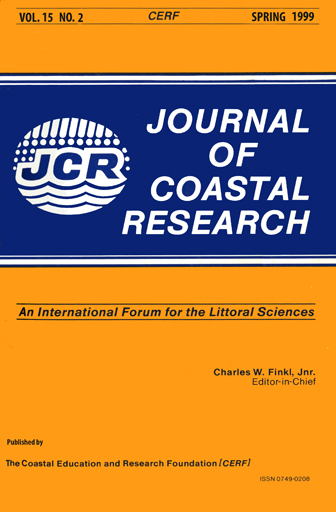Holocene Environmental and Water Circulation Changes: Foraminifer Morphogroups Evidence in Flamengo Bay (SP, Brazil)
Keywords:
Benthic foraminifera, South Atlantic, climatic changes.Abstract
Foraminiferal morphogroups were studied in 5 cores (ranging from 1.64 m to 4.50 m long) from a semi-confined bay, at depth between 2 m and 6 m. Except at the base of the longest cores where the sands are almost azoic with only rare typical shelf tests, the microfauna is characteristic of a coastal bay. The small sized tests found in the upper 2 meters of the cores are mainly free-living, infaunal, detritivorous or herbivorous-detritivorous. Their morphology indicates a prevalence of low oxygen environments during the progressive filling of the bay during the Holocene transgression.
An increase of the percentage of low oxygen and infaunal morphogroups occurs between 1.5 m and 0.5 m. It corresponds to a change in bottom water circulation beginning about 5,000 years BP, and leading to a low oxygen period and probably to an increase of organic matter within the sediments. This change might result from an inversion of the dominant wave front direction due to changes in atmospheric circulation. Such a phenomenon was reported in the Doce River mouth area (19° N latitude), for example. The period of reversed dominant wave front direction (5,100 to 3,900 years BP) observed in this region seems to be contemporaneous with the period of low oxygen conditions observed in Flamengo Bay.


